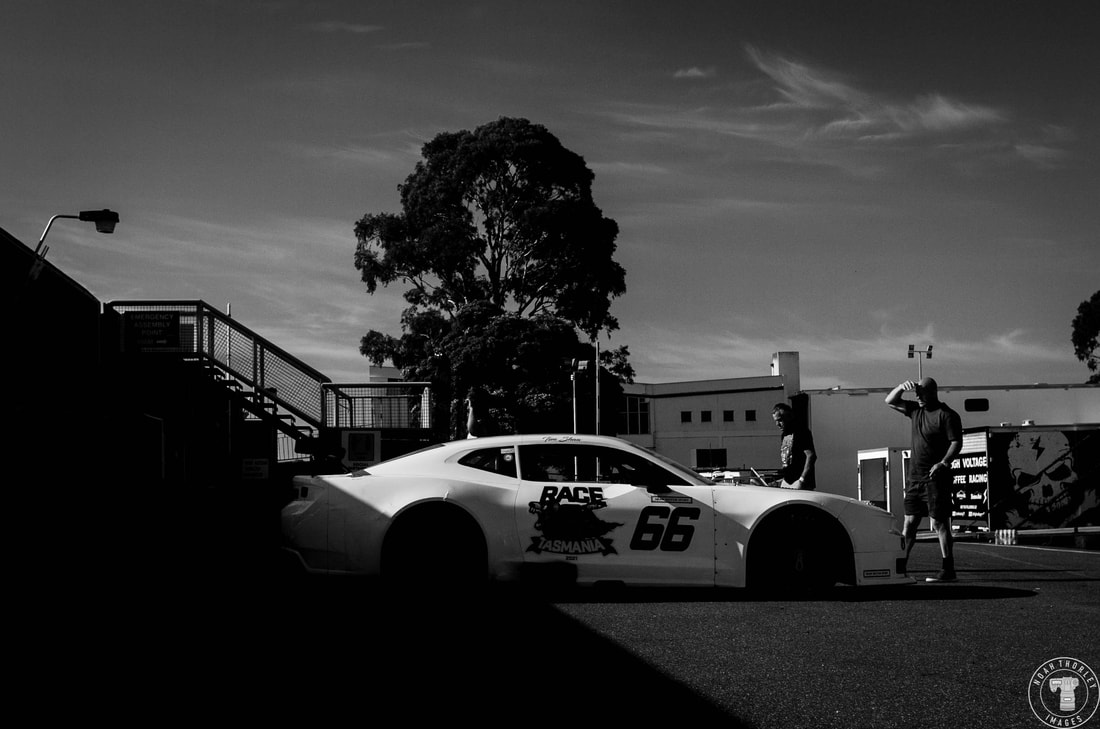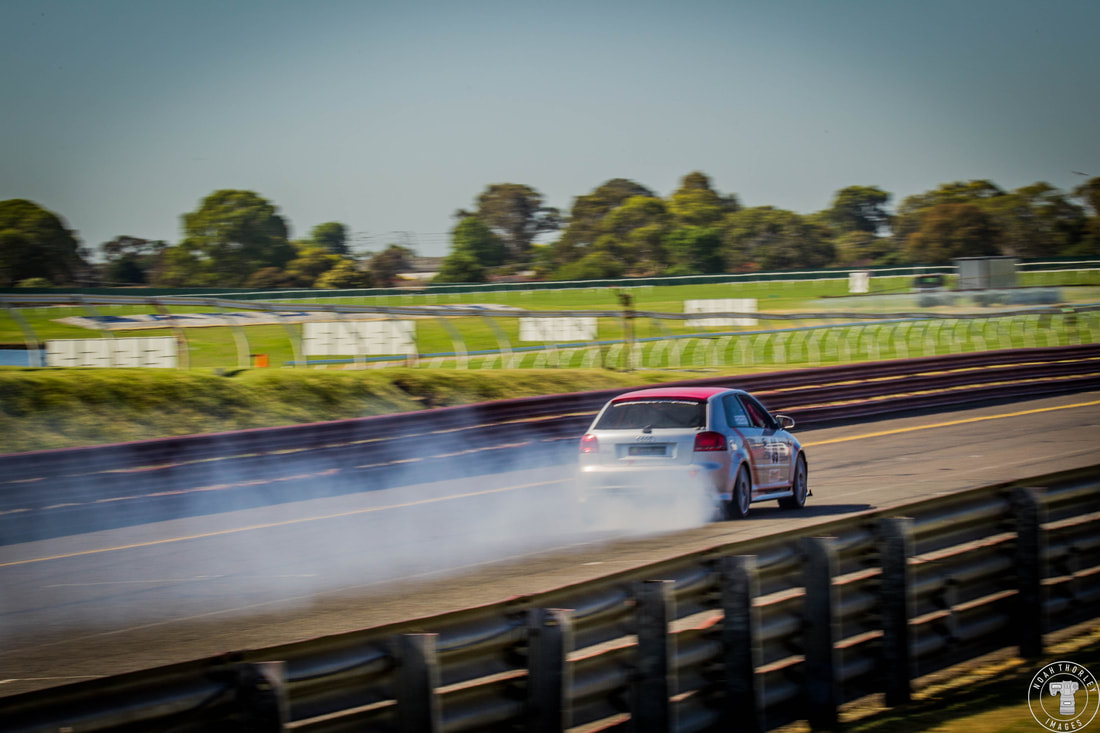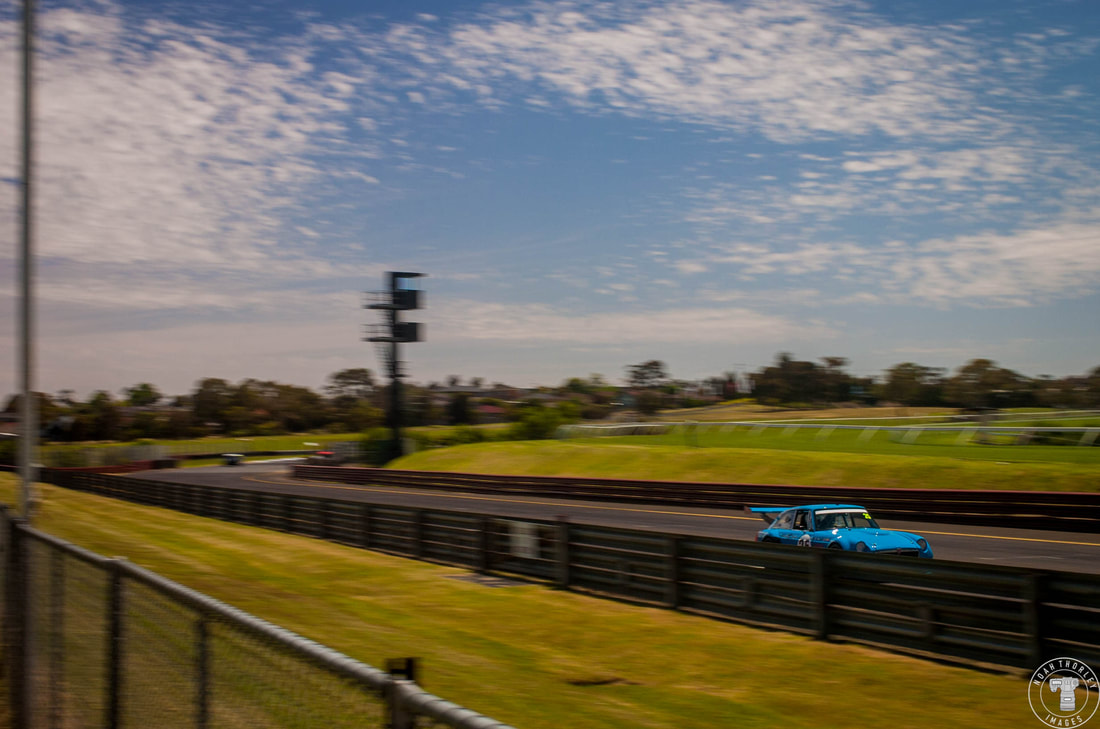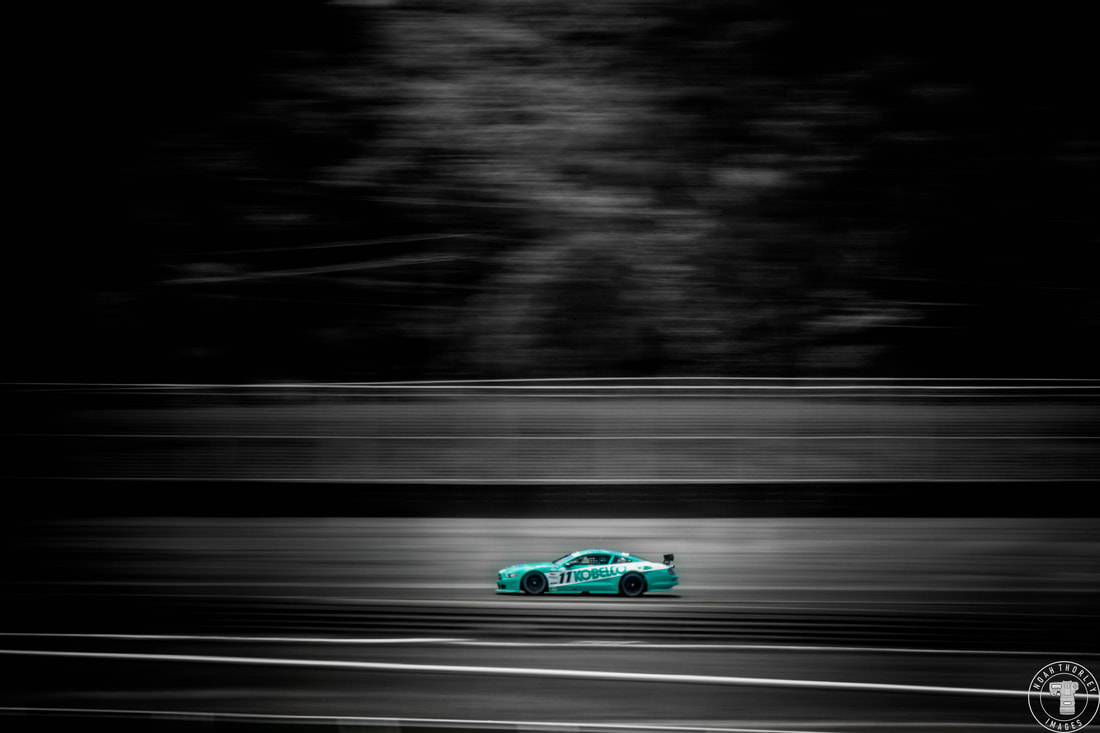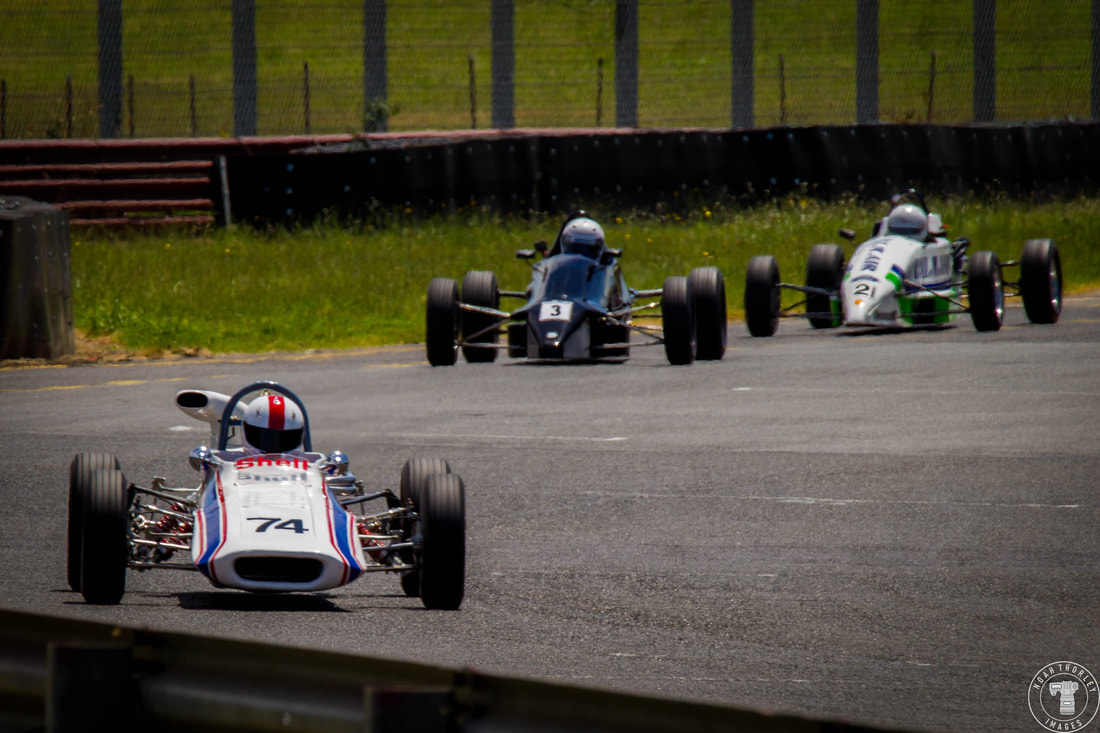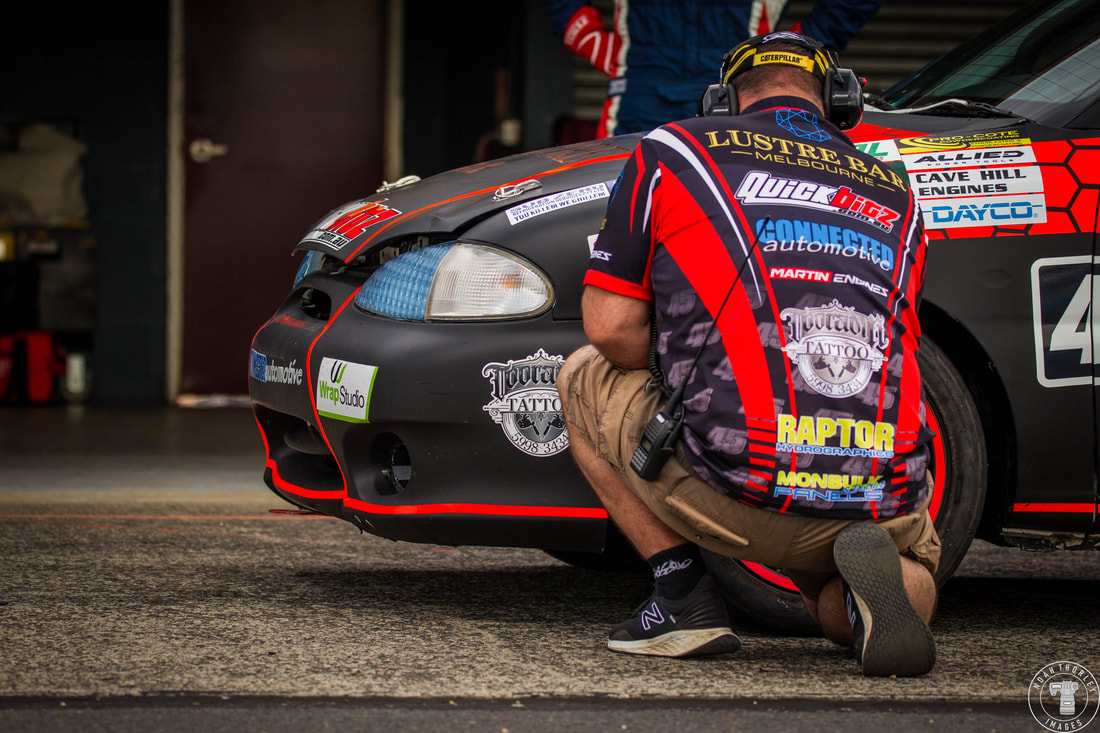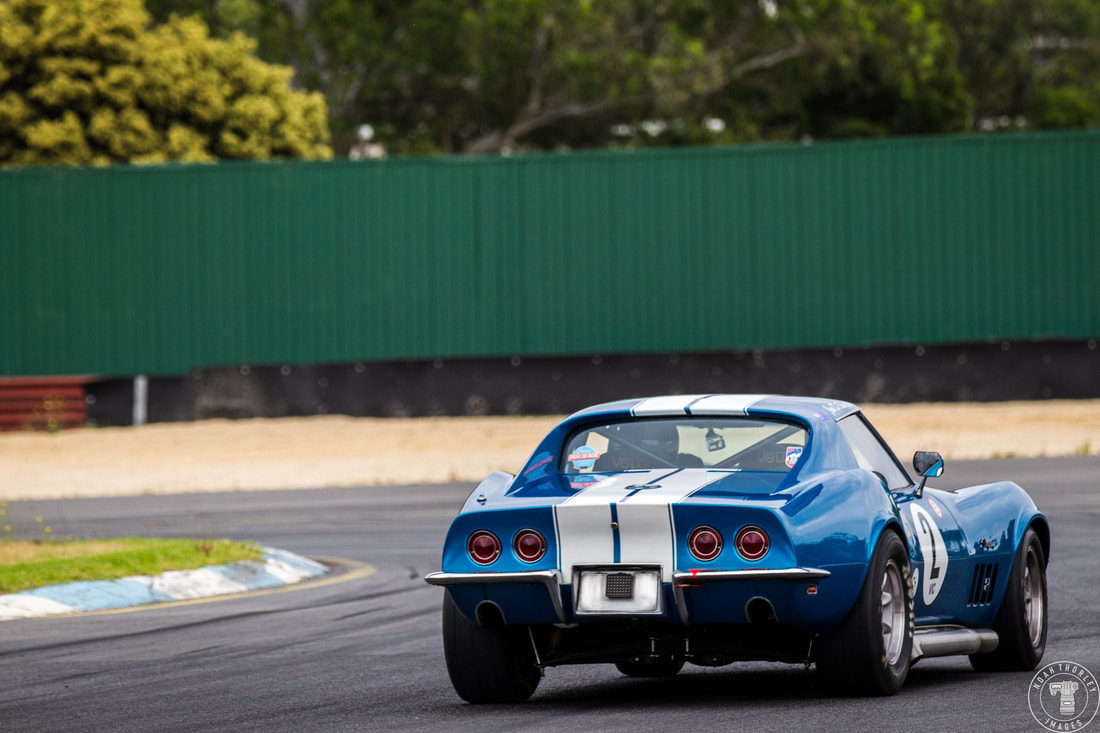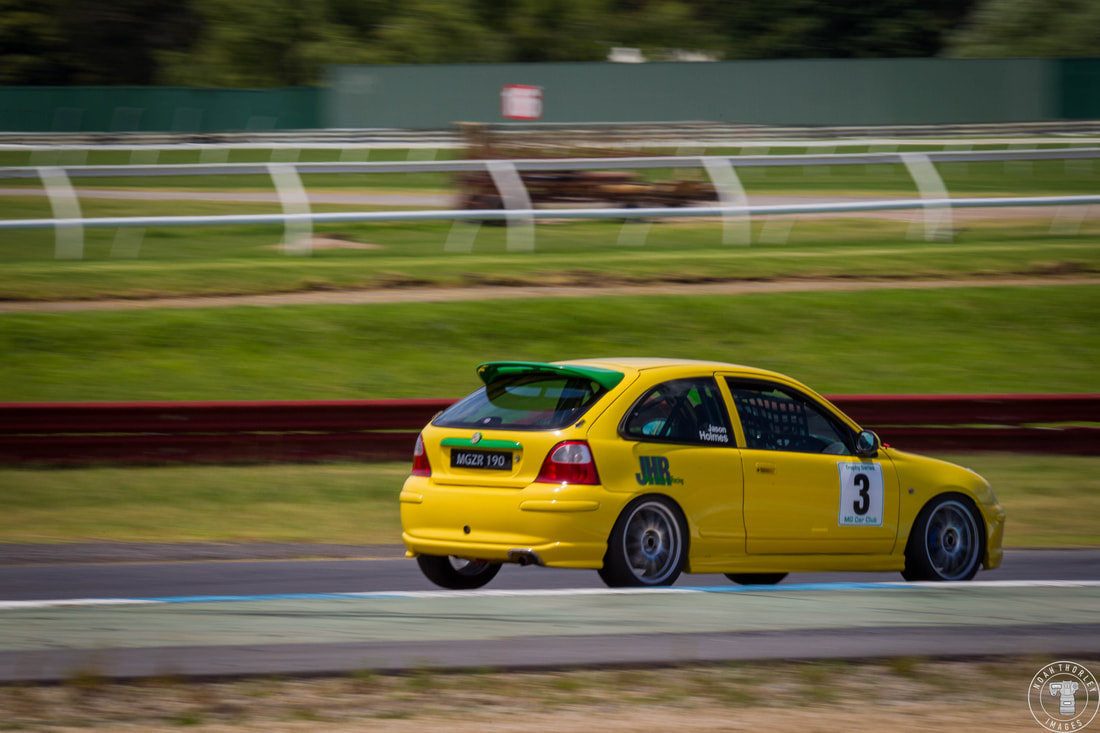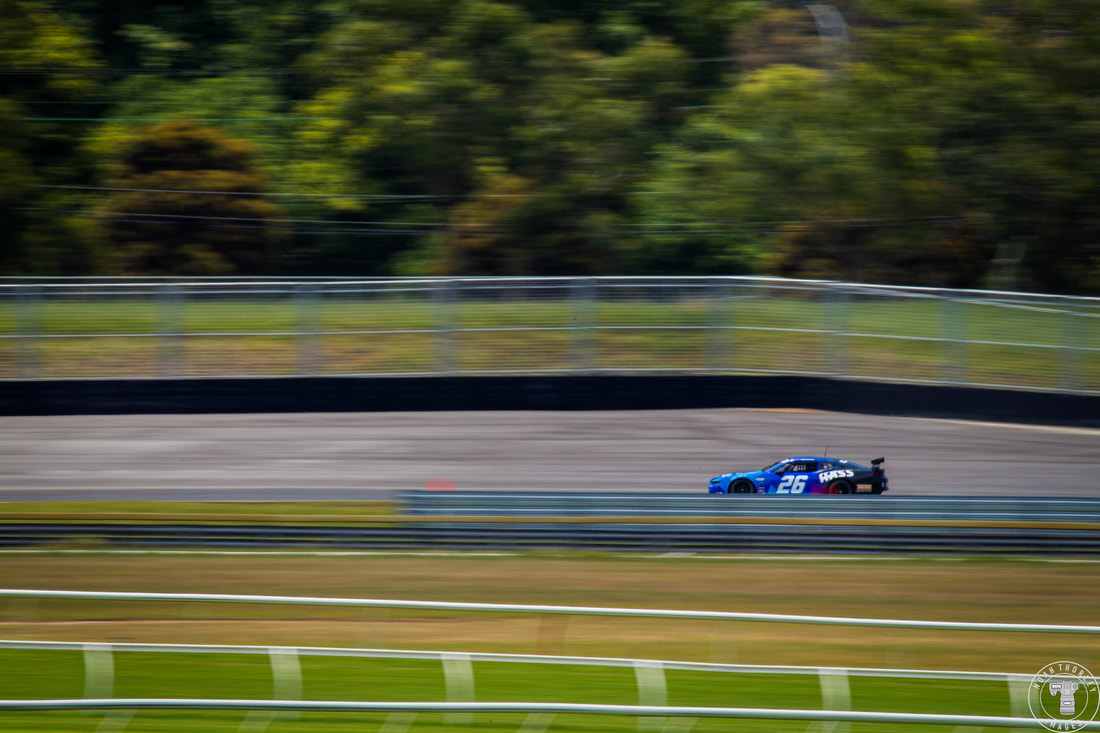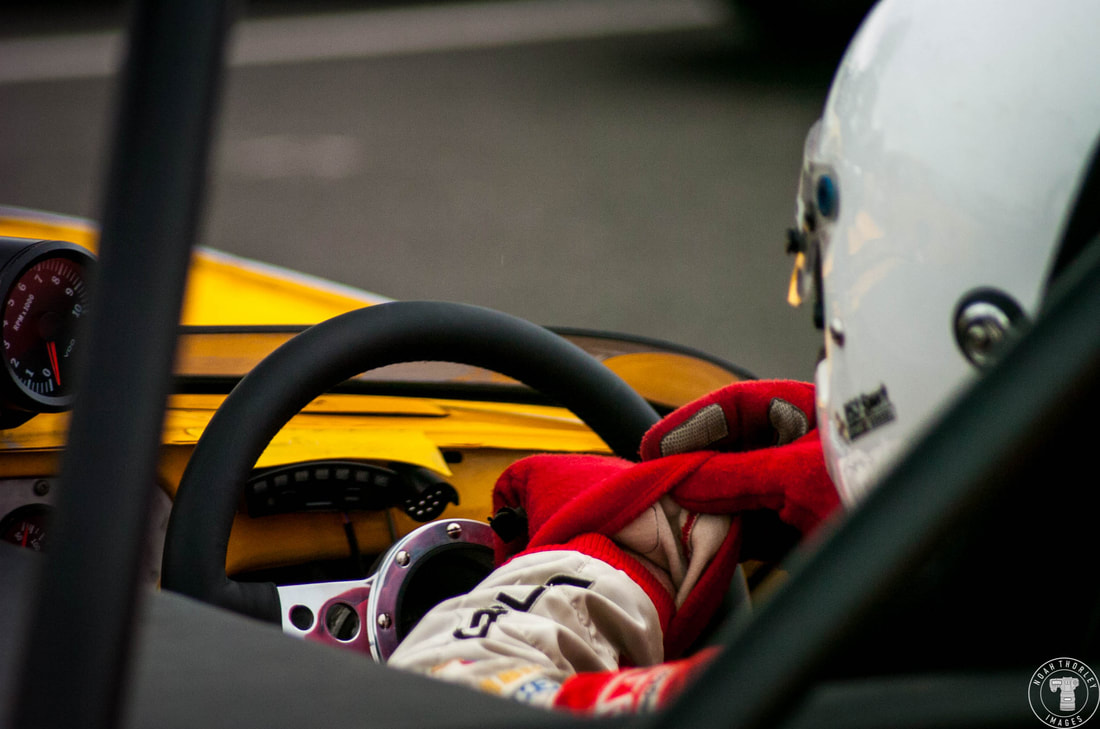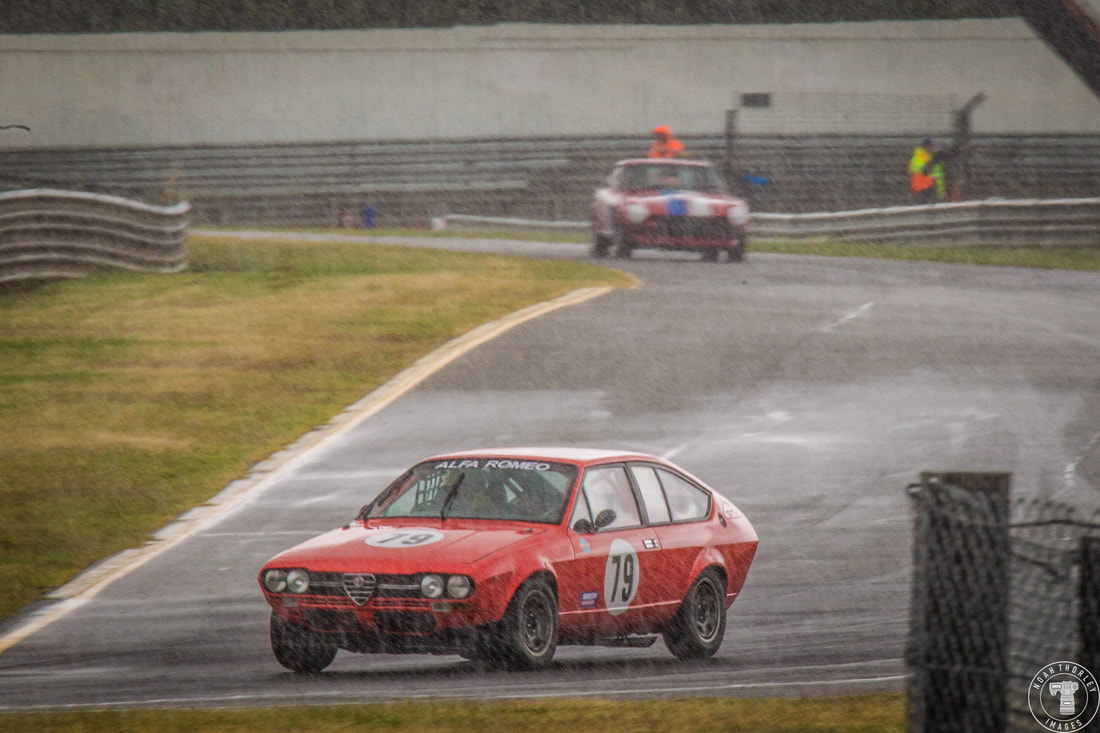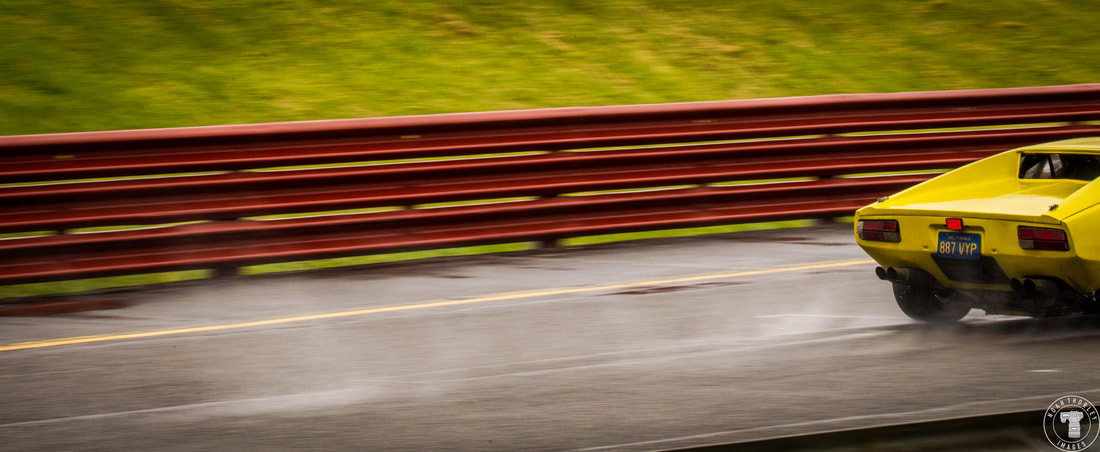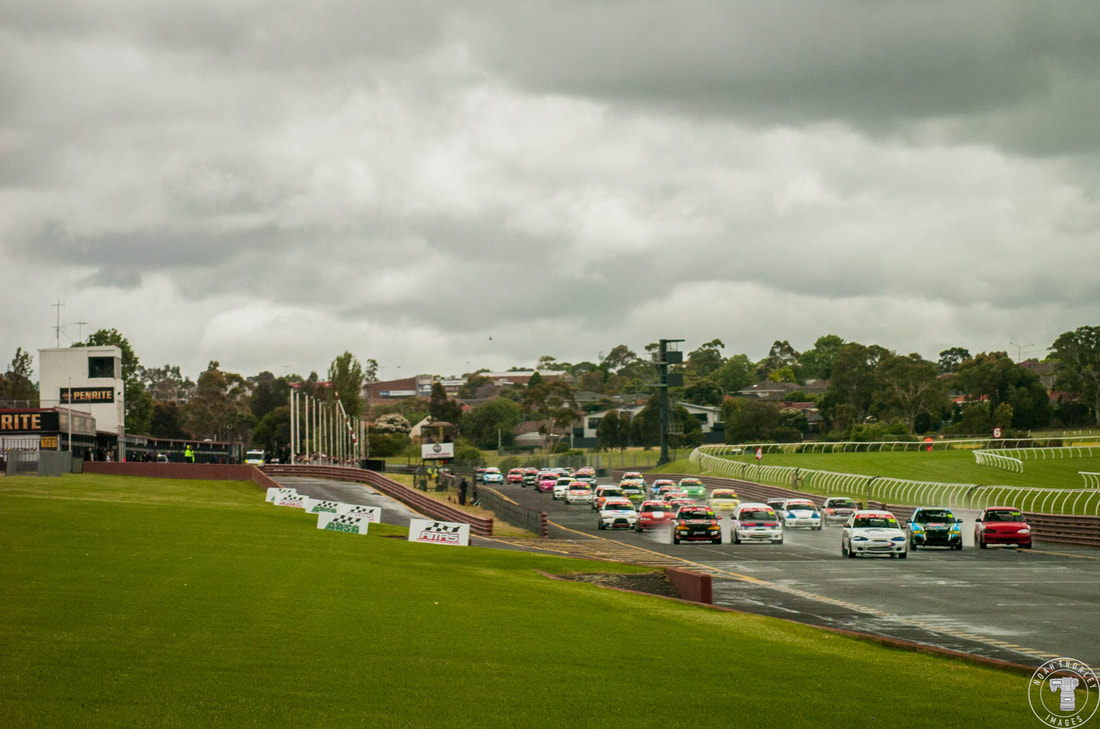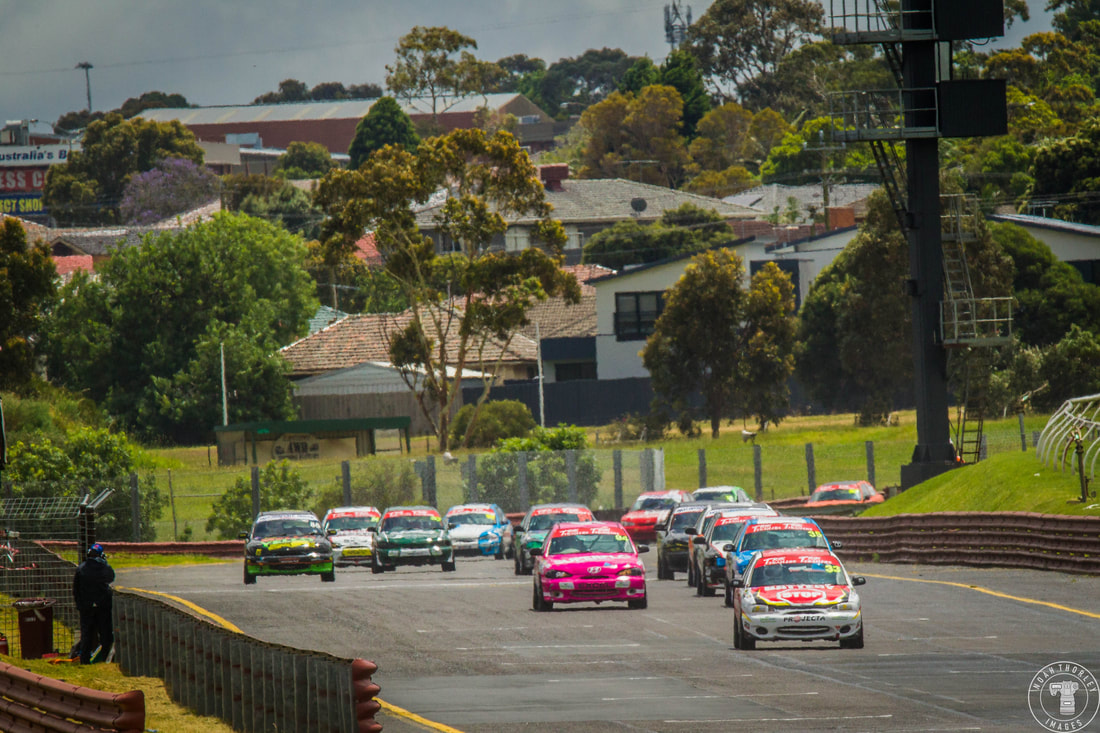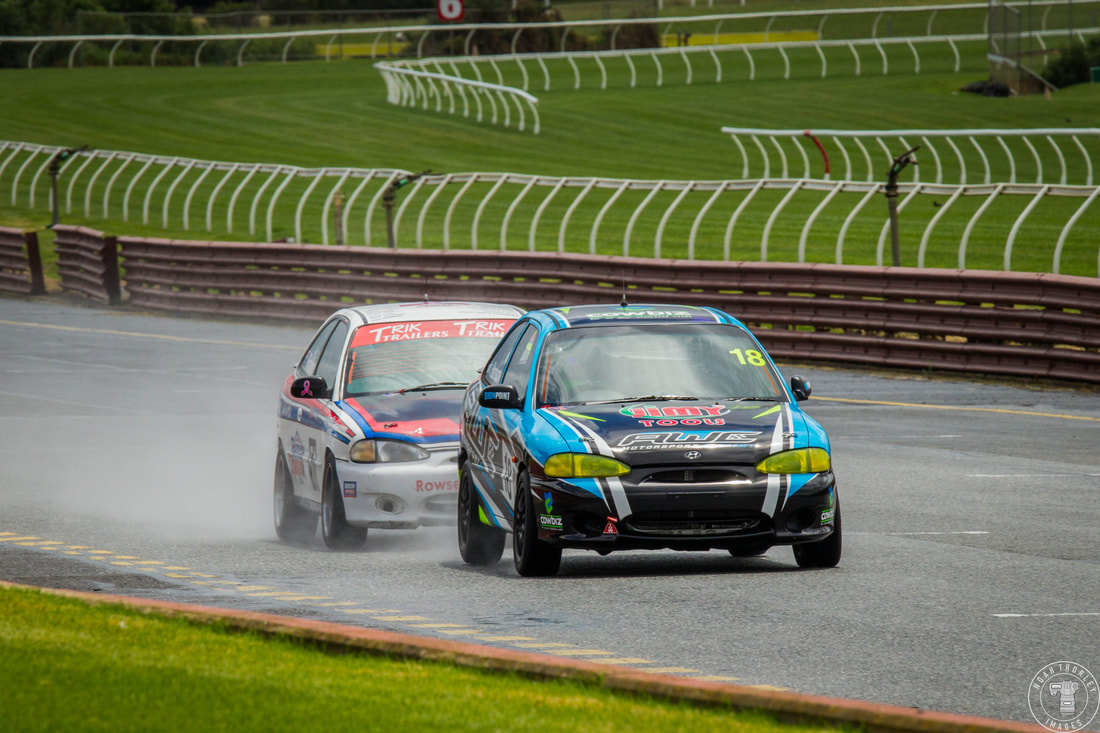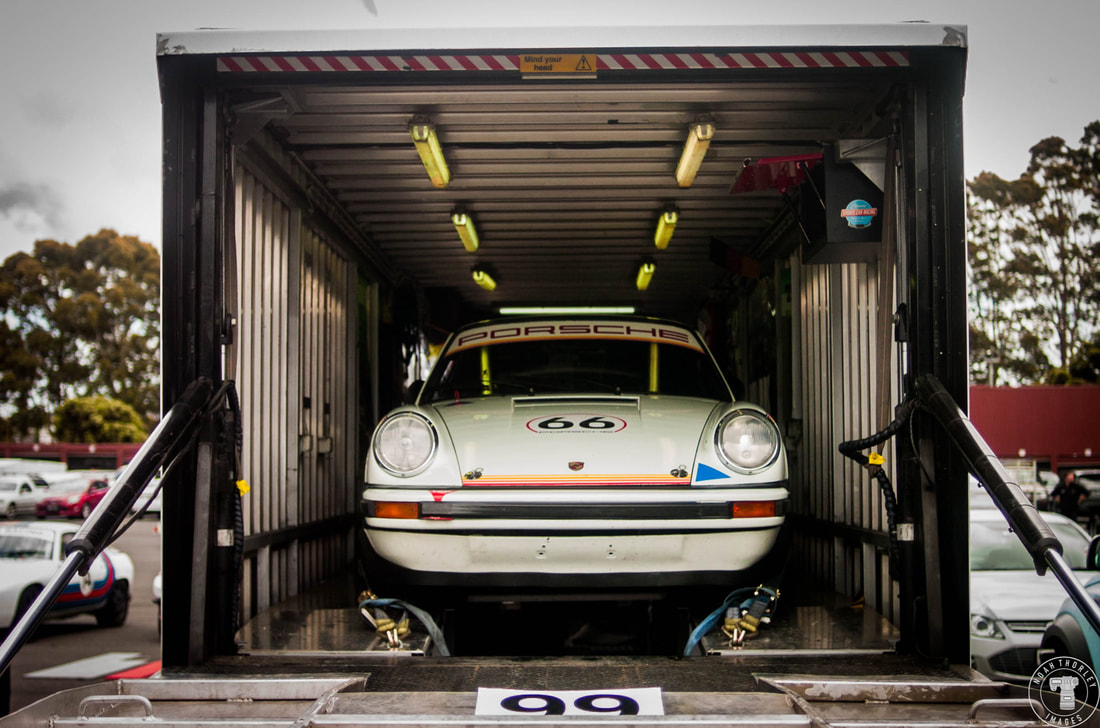|
I remember back in March, what seems like a decade ago, writing about how it was great to be back photographing a motorsport event. Being behind fences and shooting cars and drivers being pushed to their limits. Waiting until November to photograph the next motorsport event certainly wasn't the plan. But that's how it went, and as each month passed in lockdown I began to realise (and I think I can speak for many others too) how much motorsport and car culture meant to me. It seemed more than just a hobby, or something to do on weekends. The thought of how long it would be before motorsport events and car shows returned was mentally draining. It wasn't like I could go into the shed and work on a race car and prep it for the track, or give a show car a clean. When it comes to motorsport, photographing it was almost all I had, and to be in constant limbo is something I hope never happens again. But now that motorsport has returned, let me share with you the ups and downs of AMRS' 4th Round at Sandown. What I learnt, what I stuffed up, and the end results (the photos). FridayOn Friday, I made sure I was at the track early to get some shots of the competitors preparing for the weekend. For the teams, Friday would be used as a practice day before the qualifying and shorter races the following day. So after getting familiar with what cars I would be shooting for the next three days, the call for the Hyundai Excels to make their way over to the dummy grid was made and I headed to my first shooting location. Facing towards the last corner. This is where I would make my first mistake. With the cars coming straight towards me, I needed a fast shutter speed. However, the speed I'd chosen clearly wasn't fast enough, because within the minuscule amount of time the shutter was open (about 1/200th of a second), the car would come closer and slightly out of the focal point. I didn't realise I had made this mistake until later on Friday night whilst going through my photos and it would be a mistake that would plague me throughout the day. This meant I was only able to salvage a fraction of the shots that I'd taken. Of course, this would be disappointing for me as Friday was when I took the most amount of photos (3556 to be exact), but that was a mere bump in the road compared to the team of this Audi S3. First practice session of the day and it starts billowing smoke down the front straight. As I didn't see this car (or the partnering Honda Civic) for the rest of the weekend, I can assume the issue was terminal for the little Audi. With each session, I moved further down the pit straight.. Unfortunately , the racing line at Sandown is right along the outside of the track, so the armco barriers often blocks the view of the bottom of the car. So you either have to be as close to the final turn as possible, or you can be a bit creative. Slightly further down the pit straight, I found a gap where I could see the cars fly though the back straight, allowing me to get some slow pans. Speaking of, panning was probably where there was most improvement. After looking at images from VicDrift's Round 1, I noticed that majority of my panning shots were out of focus rather than blurry because I couldn't keep the camera still. To rectify this issue at Sandown, I would focus on a section of the track I wanted the car to be in focus at, and I would pan to that spot, rather than trying to pan and focus at the same time. Because of this, my success rate was increased quite a bit. So on Friday night, I had mixed feelings. I was happy that I had found a technique that fixed one of my main issues, but also annoyed that I was unable to keep a lot of images because of something that seemed so simple. SaturdayAfter walking around for an hour trying to find an open gate into Sandown, I made my way to the final corner to get my shutter speed right. I made it just in time for the 30 minute qualifying session for the Hyundai Excel's, which would set the grid for the first of the sprint races. Because of the Excel endurance race on the Sunday, if a team had two drivers for one car, both would be given the chance to set a lap time, which led to a very packed and busy pit lane. But setting a fast lap time would be the focus of the morning for the drivers. Flying along the front straight, the drivers would approach the ninety-degree turn one. Using as much of the outer kerb as the drivers dare, they quickly hop onto the other side of the track for the quick consecutive ninety degree turns of two, three and four. The cars fly up the hill along the back straight, braking for turn six and hopping over the turn turn seven and eight chicanes before heavily braking into turn nine. They begin to accelerate again onto another straight before lifting into turn eleven and heavily braking into turn twelve, before mashing the throttle onto the main straight. After qualifying I headed down to turn one to photograph the start of each race. This allowed me to get pictures of the cars being bunched up, especially during the Hyundai Excel races that had 50 plus cars heading into turn one at the same time! Things became more manic when the blue AU Falcon stopped on the racing line, causing a safety car. During each race, I began to get into a rhythm of shooting the start with a 600mm lens, then quickly switching to my other camera to pan the cars flying through turn one. For the final part of the day, I headed back to the pit area to shoot some of the work that the teams have to do to prior to a session. I love shooting these Formula Ford cars mainly because of their open cockpit, meaning that you can see the drivers and their expressions. Before the full racing day was done however, I headed off to V-Spec Performance to catch their annual meet. SundaySunday greeting Sandown Raceway with rain, not as much as I'd have hoped but enough for me to finally get my feet wet whilst shooting motorsport in theses conditions. I began my day shooting from outside the racetrack, near the entrance gate, meaning I got this view of the chicane and turn nine. Once I headed to the pit lane to shoot the Group S race, it really started to bucket down, but only for a few minutes. Of course, it was enough to affect the grip levels of not just for the Group S, but the following races also. This meant it would be a wet race for the Hyundai Excel 1 hour endurance race. And with 50 plus cars on the track, a lot of spray resulted. With the wet conditions, being consist and mistake free would be a challenge, but crucial for each team to finish in the best position possible. An early safety car bunched up the field and led many to jump into the pits for their compulsory pit stops. Of course, some teams decided to go longer, meaning they jumped to the front of the queue and into the clean air. Each team would have to complete a compulsory pit stop for 90 seconds. In this time teams could swap driver's if they had two drivers, and fix any gremlins with the car. Throughout the race it looked like it would be a battle between Ben Grice (no. 16), Jay Hansen (no. 18) and Marcus Fraser (no. 51) for the win. However the early safety car wouldn't be kind to Hansen or Grice as both drivers would be handed drive-through penalties for safety car infringements. This allowed a consistent and mistake-free Fraser to grab a 24-second victory over second place. For the final few races, I set up on the front straight, which is usually where fans sit, but because of COVID restrictions, I was the only one there, apart from a few seagulls. This was certainly the coolest experience of the weekend, sitting on the grass, eating Carbonara whilst race cars whizzed past going full pelt only a few metres away. I headed back to the pits to get a closer look at the TA2 Muscle Cars (which I covered in a another post) before they were pushed into their trailers ready to go back to their shop. Overall, shooting the fourth round of AMRS taught me some valuable photographic lessons I'll certainly be able to take forward in upcoming events, whilst also giving me things to think about moving forward. It was difficult, the camera gear was heavy, it was a pain to get to the track each morning and I got very sunburnt. I questioned multiple times if the work was worth it. Now I can certainly say it was.
0 Comments
Leave a Reply. |





